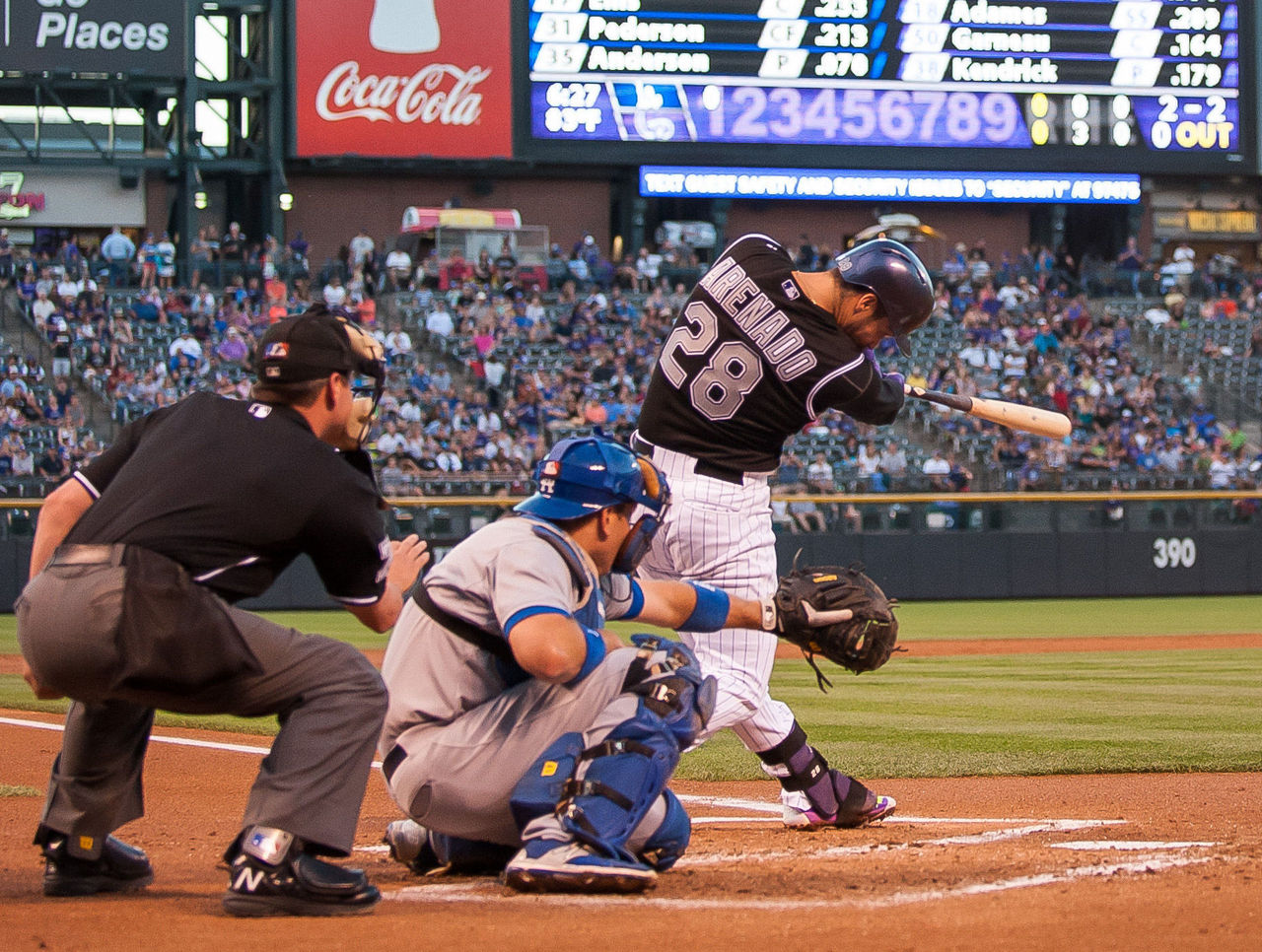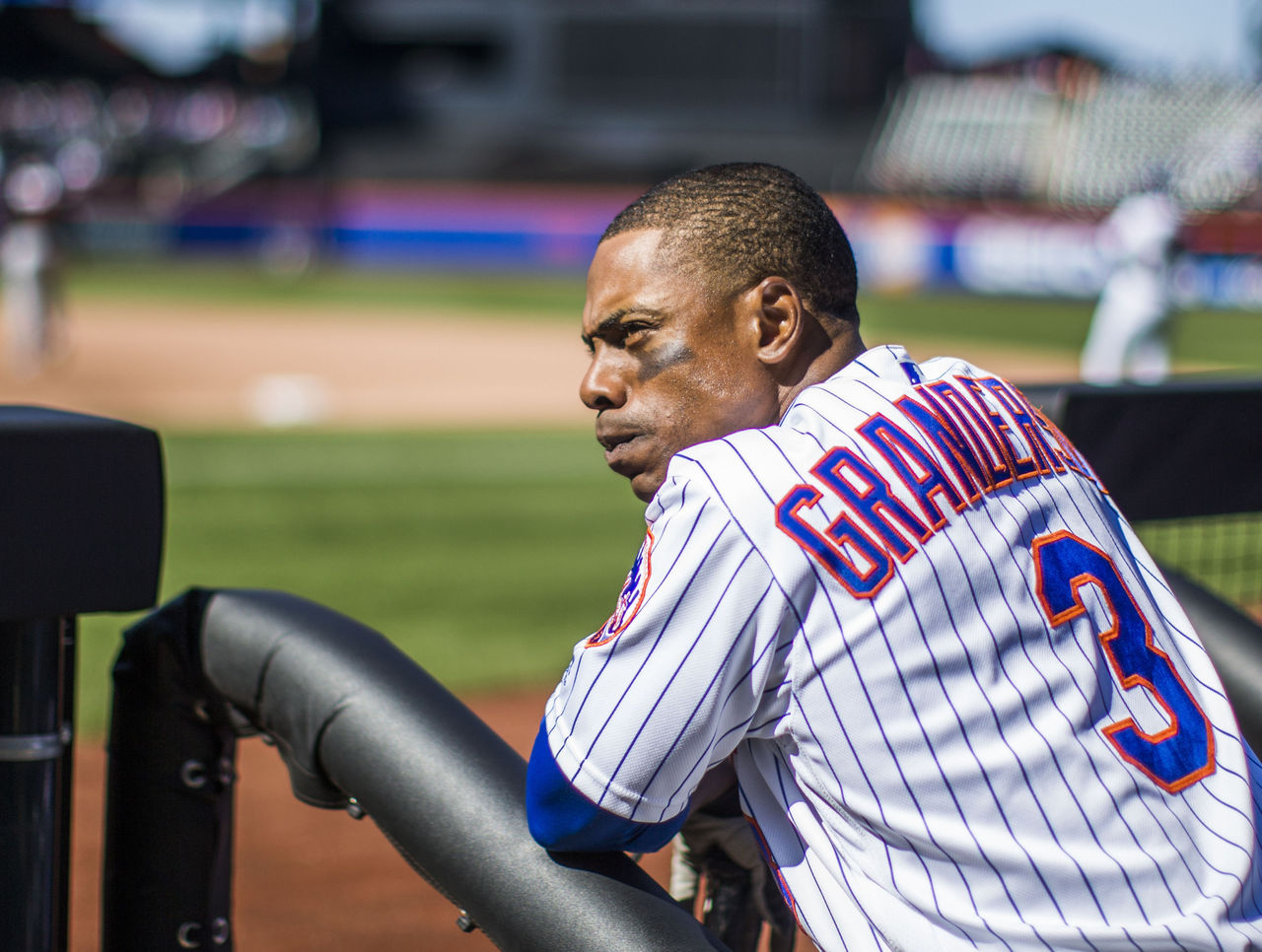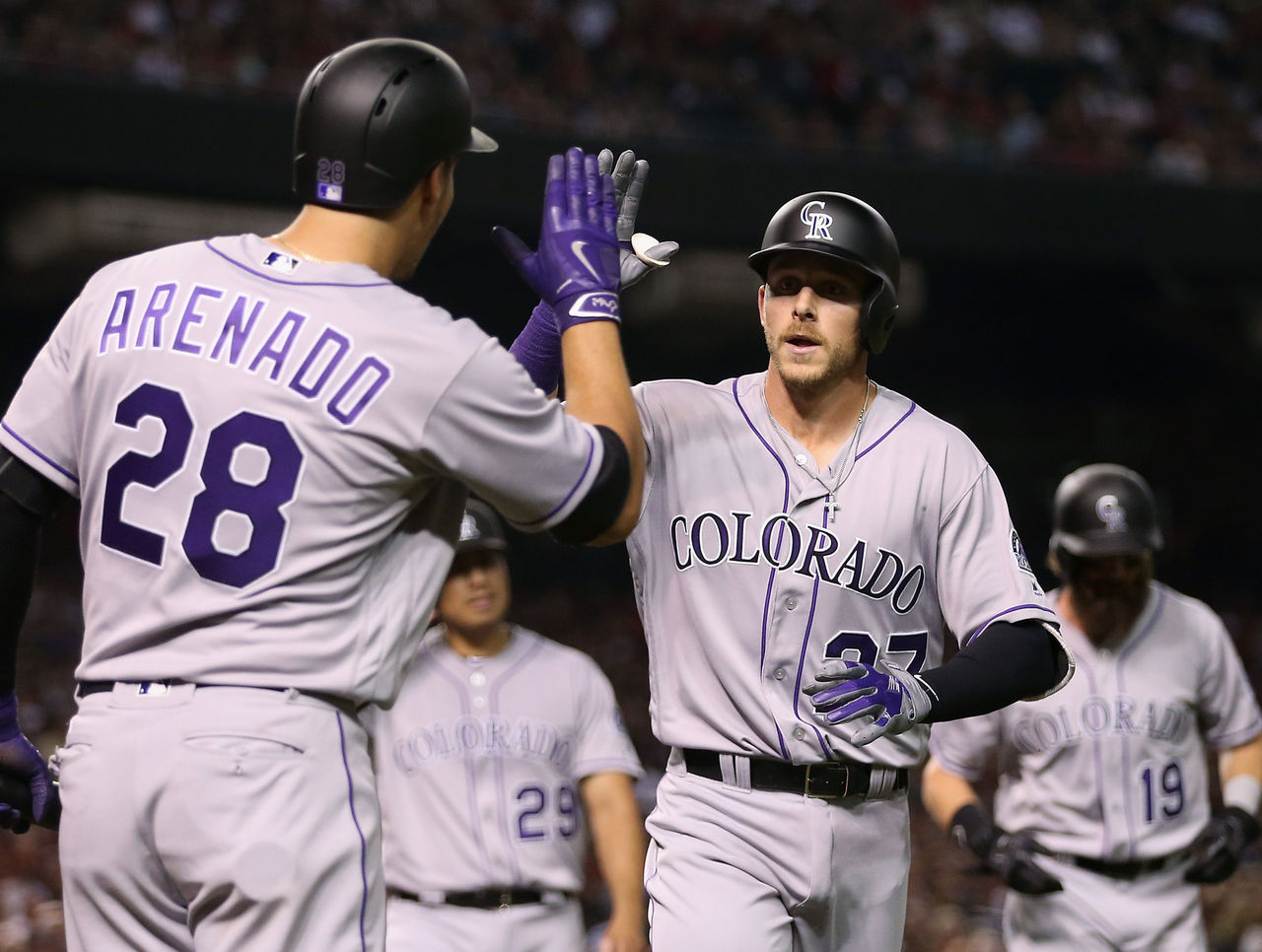How to Approach the Coors Field Daily Fantasy Price Spike
Sitting at 5,200 feet above sea level, Coors Field, home of the Colorado Rockies, has earned its mythological reputation in fantasy baseball circles.
The hitter-friendly environment - rooted in the dimensions of the playing field but heavily exacerbated by the thin mountain air, which provides little friction to fly balls - is credited with everything from Nolan Arenado's ascendance to Troy Tulowitzki's collapse.
And more importantly, it propagates the notion that mediocre hitters playing at Coors can swing big tournaments in daily fantasy baseball. Are you a slap-hitting middle infielder with five career homers to your name? You're in luck! Coors Field has the magic ability to turn Moonlight Grahams into Babe Ruths.

Since 2013, Rockies hitters have collectively made 19,858 plate appearances. That only ranks 19th in the majors. But at home, Colorado has made 10,110 PAs - second in the majors and only 10 behind the Boston Red Sox.
The Rockies have hit .305 with a .357 OBP and a .494 slugging percentage at home in those plate appearances at Coors Field. It shouldn't be a surprise to anyone that they've converted those opportunities; they lead all MLB teams in runs scored at home over our three-plus season sample with 1,482.
On a micro level, consider the career home and away splits of Colorado's brightest star. Arenado has hit .258/.298/.455 on the road in his career. At Coors Field: .307/.347/.565. The difference isn't always this stark but this much is clear: across the board, every batter hits better in Colorado.
Here's how the rest of the NL West has fared when visiting their division rival in Denver from Opening Day 2013 to May 17, 2016:
| TEAM | AVG | OBP | SLG | PA |
|---|---|---|---|---|
| Los Angeles Dodgers | .310 | .381 | .488 | 1269 |
| Arizona Diamondbacks | .307 | .357 | .485 | 1240 |
| Colorado Rockies | .305 | .357 | .494 | 10110 |
| San Francisco Giants | .281 | .333 | .448 | 1252 |
| San Diego Padres | .279 | .335 | .463 | 1274 |
Even the Padres, who by most measures have been the worst offensive team in baseball for years, don't disappoint. Their team slash line at Coors since 2013 would rank as one of the best in baseball in the 2016 season. The St. Louis Cardinals have scored the third-most runs per game (5.46) with a line of .270/.341/.465.
If only every team could play half their games in a mile-high bandbox.

Of course, it's not just the home team that gets the home-field advantage. You can expect to spend considerably more salary to roster visiting players as well, sometimes in spite of recent production.
For example, in 10 games leading up to his recent series at Coors, New York Mets OF Curtis Granderson slashed .128/.190/.308, a line that would make Mario Mendoza blush with shame. Yet his average DFS salary in the Rockies series jumped anywhere from 12 to 45 percent depending on the site.
That's the downside of the Coors Field effect. Anything can happen in one game, and the potential for DFS value is all relative to price. The higher the salary, the greater the risk of one poor performance sabotaging a lineup. In the two games Granderson played, he went 1-for-9 with three strikeouts.

Stacking will be almost prohibitively expensive. If you want a significant amount of exposure to Coors Field, you'll have to find players with suppressed salaries to offset the likes of Arenado and visiting stars. Here are some situations which might create palatable salaries, even with Coors-adjusted inflation:
- Poor Lefty/Righty Splits: Unlike recent performance, the pricing algorithms do account for handedness splits. OF Ryan Raburn crushes lefties, and while he doesn't play everyday, his salary increases when facing a southpaw. He's still cheaper than most .300-plus hitters.
- Contrarian Splits: A higher profile player like OF Charlie Blackmon has weaker career splits against left-handed pitching. If a matchup with a lefty lowers his price tag, he could be rostered as a contrarian with the assumption that the team's other hitters could chase the starter early and face bullpen pitching later in the game.
- Bench Players: Veterans, players dealing with injury, and catchers who caught the previous night are more likely to sit out afternoon games. The most common "getaway days" are Sundays, Wednesday and Thursdays, typically the end of a series. Backups like C Tony Wolters could see more plate appearances than usual at a cheaper price.
- Call-Ups: While most DFS sites already have some of the hottest prospects priced into their slates, some call-ups fly under the radar. Even without a long track record, a cheap player at Coors Field can't be ignored; affordable exposure at Coors is worth more than proven consistency.
- Injury Returnees: In the same vein as minor league call-ups, players returning from injury can present reduced salaries - especially if they had played through the injury prior to a DL stint.
- Contrarian Pitchers: Pitchers at Coors Field are cheap for a reason. In particular, the altitude prevents breaking balls from moving with authority, and hanging a changeup at Coors is like telegraphing a beach ball to home plate. Still, some fastball pitchers have eked out quality starts while seeing rock bottom ownership levels.
Remember: the emphasis placed on rostering batters high in the order is less pertinent. While leadoff hitters will always see the most plate appearances, the seven-hitter in a Colorado game will see more plate appearances over the course of a season than the bottom-of-the-order hitters on most other teams.
Fantasy experts and DFSers alike are still trying to come to terms with pricing algorithms that seem to make little sense at times. The most important thing to remember is that each player needs to be examined individually for any sort of projection - and the day-to-day randomness of baseball means that anything can happen, especially in a five-PA sample size.